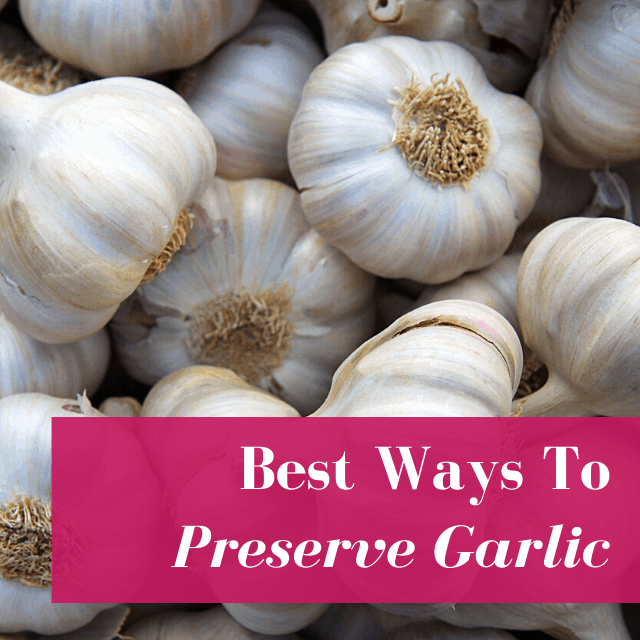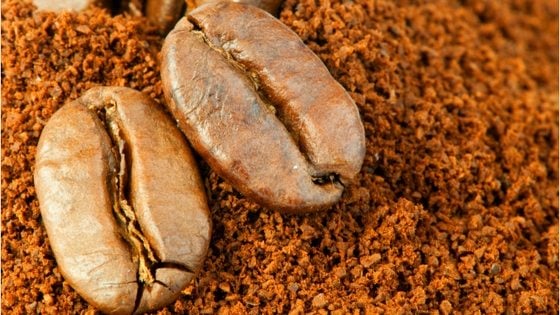If you raise your own animals for meat, you likely know how frustrating it can be to not have enough space to store the finished product. Sure, you can always stash packages of meat in your freezer – but eventually, you’re going to run out of room!
Plus, if you don’t have electricity – or are prone to frequent power outages – you may not feel comfortable storing hundreds of pounds of meat in the freezer.
Luckily, there are alternatives that you can turn to in order to keep your meat fresh and ready to eat. Preserving meat with salt is one of the best (and most often overlooked) methods of food preservation out there. Not only that, but it’s also easy to do! Here are the basics.
Table of Contents (Quickly Jump To Information)
Why Preserving Meat with Salt is the Way to Go
Salt preservation is one of the most classic and time-honored methods of preserving meat. There are several processes, too, any of which can work when used in your own kitchen. Jerky, for example, is a method of drying meat that requires you to salt it heavily before the dehydration process. Ham and corned beef also rely on salt in order to cure the final product.
Salt works well at preserving meat because as salt levels increase in a solution, the ability for microorganisms like bacteria and fungi to grow, thrive, and survive decreases rapidly. When you include the recommended amounts of salt for pickling and dry salting your food, microbial growth simply doesn’t happen.
Salt preservation can guard against all kinds of bacteria, including Clostridium botulinum, the chief organisms responsible for the fatal illness known as botulism.
Salt also adds flavor. Sodium chloride, or your typical table salt, is usually used as a primary ingredient to remove bacteria. Other salts are also used for meat preservation, too, including nitrates and nitrites. salts. These help to prevent the oxidation of fat in the meat when it is cured.
Preserving Meat With Salt: 3 Ways
There are three main ways you can preserve meat with salt: you can make a brine solution, you can use a smoker, or you can make rubbing salts. Here’s how to do it.
Brine Solution Method of Preserving Meat
Start by preparing a 14% solution of pickling salt – you can add sugar for flavor if you’d like, but stick with brown sugar and don’t add more than 3% to your overall ratios.
You can use any type of meat you’d like, but lean cuts are preferred. Start by slicing it into strips about half an inch thick or less. Then, soak them in your brine for five minutes. You do not need to discard the brine solution.
Put your strips of meat into a colander and let the excess brine drain off. Then, hang your meat strips on a line made out of twine. You can use clips to do this or fashion your own homemade hooks. This line should be located outside in a dry, sunny area. Plan ahead for your drying, as you won’t want wet weather to get in your way.
You will need to cure your meat when humidity is less than 30%. Consider putting a cage around the meat to keep insects and hungry animals away!
Using a Smoker
If you read the last method and thought, “Great. That won’t work – my humidity never drops below 30% where I live!” you’re not alone. Luckily, you can use a smoker to dry and preserve your meat instead.
To do this, follow the same steps as you would above – but stop before you get to the hanging stage. Instead, place the meat on the grilling surface of the smoker. Cure the meat for 24 hours at 100 to 120 degrees (it may take less time, depending on the moisture content and thickness of your meat slices).
Dry Curing Meat with Rubbing Salts
If you have dense cuts like shoulders, hams, and roasts that you want to cure, preserving meat with rubbing salts is a great way to go. You can use just plain old pickling salt or you can add enhancing spices like mustard, sage, or basil. Just rub the spices on first and then apply the salt.
You will need to apply salt at a ratio of 1 ½ cups of salt per pound of meat. Half will be rubbed onto the meat at the beginning, and the other half will go on at the end. After rubbing the first ¾ cup of salt onto the meat, let it hang in a room that sits at temperatures between 35 and 50 degrees. About five days later, you can rub the rest of the salt on.
This is a long, time-consuming process – you will need to budget for five days of drying time for every inch of meat. If the meat has bones, you’ll need to give yourself even more time – usually about seven days per inch.
Your Brine
No matter which of the three methods above you select, you will need to have a brine solution (with the exception of the latter, in which you can usually get by with just a salt rub – although a brine can also be used).
To make your brine, you will usually need to mix about half a pound of salt with a quarter cup of sugar. This will then be added to a quart and a half of water. You can add herbs or spices, too, and remember that you will need to add your nitrite, too. You can use pink salt or you can use celery, lettuce, or spinach extract (all of these naturally contain sodium nitrite).
That’s all there is to it! In most cases, you can reuse the brine between batches of meat.
General Tips for Preserving Meat with Salt
When you’re engaging in any kind of meat preservation with salt, there are some general guidelines you should follow.
First, you should always use lean meat. The best meat for salt preservation will be the best cuts overall. Try not to use overly fatty meats, as the fat will have a more difficult time being penetrated by the salt solution and will, therefore, become rancid more quickly.
If you’re working with beef, aim for round or brisket cuts. With pork, you’ll want to rely on the ham, belly, or shoulders. Let the meat cool before you salt cure it – usually, refrigerator temperatures will suffice, although the perfect level is just about freezing.
When you cure your meat with salt, you will want to keep them at around 35 to 50 degrees for large cuts. If you are working with corned beef, refrigerator temperatures will be needed. However, if you are dehydrating meat for jerky or other salted and dried products, you can do this outside in hot temperatures (as long as they are not humid). Too much moisture in the air can ruin your dehydrated meat products.
You should also rinse your meat before you preserve it. This will help get any surface bacteria off the meat and will prepare it for preservation. Use cold or lukewarm water.
Why You Should Consider Preserving Meat with Salt
Using salt to preserve meat was a common practice until the 19th century and later, when refrigeration made it largely unnecessary. In many places in the world, salted fish and meat are still consumed on a regular basis, with these foods forming the staple of a diet in places like North Africa, Russia, and the Arctic.
When you preserve meat with salt, you won’t have to refrigerate it or freeze it – meaning you can save space, time, and money in your homestead kitchen.
Maat van Uitert is a backyard chicken and sustainable living expert. She is also the author of Chickens: Naturally Raising A Sustainable Flock, which was a best seller in it’s Amazon category. Maat has been featured on NBC, CBS, AOL Finance, Community Chickens, the Huffington Post, Chickens magazine, Backyard Poultry, and Countryside Magazine. She lives on her farm in Southeast Missouri with her husband, two children, and about a million chickens and ducks. You can follow Maat on Facebook here and Instagram here.





